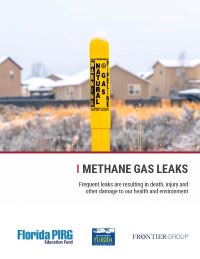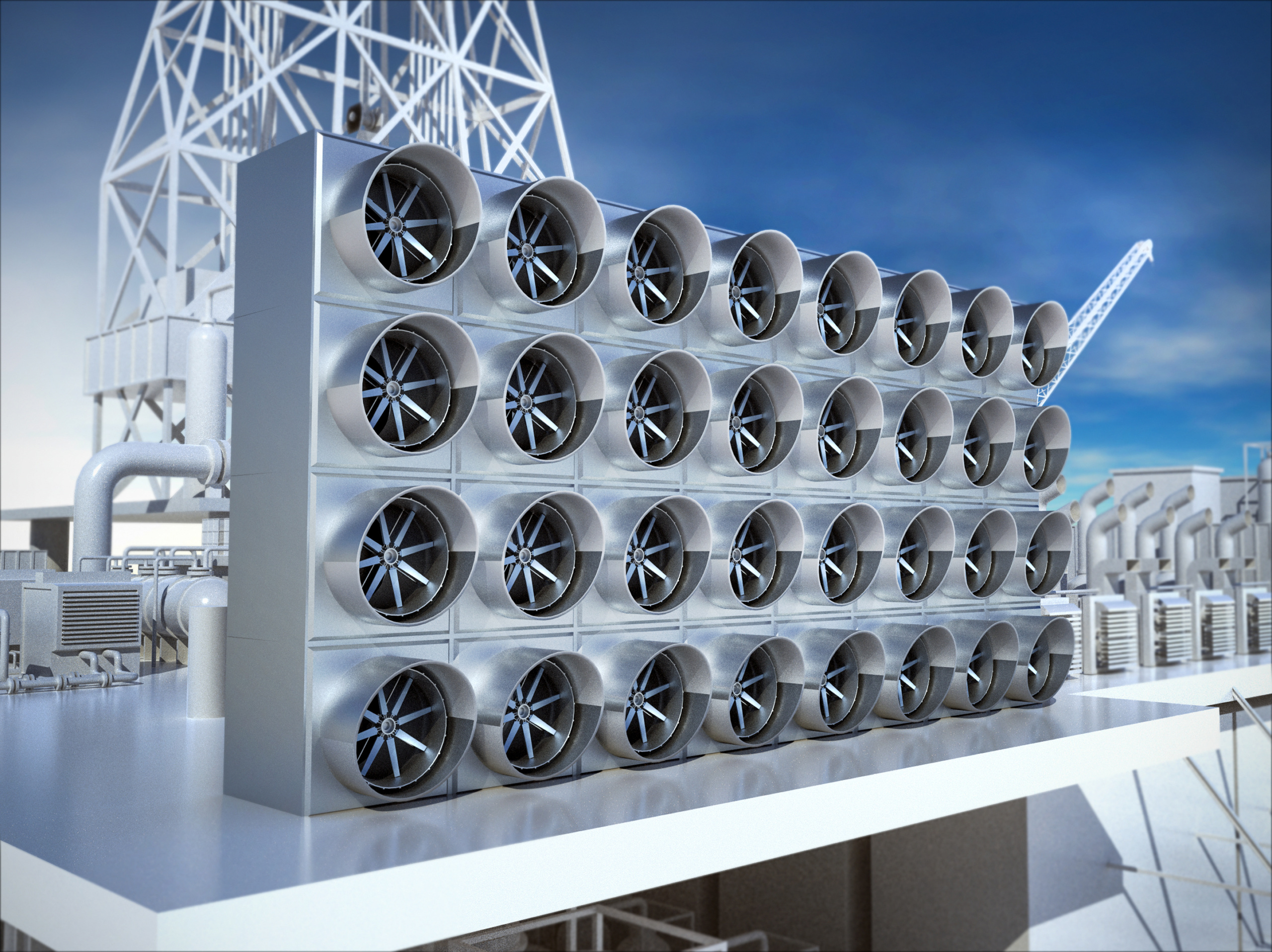
Shalefield Stories
Across the country, fracking is contaminating drinking water, making nearby families sick with air pollution, and turning forest acres into industrial zones. We believe it is vital for the public to hear directly from people living on the frontlines of fracking, and so Environment America Research & Policy Center is supporting the Shalefield Stories project—a booklet designed and published by local activists where people impacted by fracking tell their stories, in their own words.
Downloads
Environment Florida Research and Policy Center
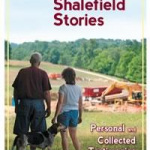
“Fracking is impacting the lives of families living in its shadow. It’s time for their voices to be heard. That’s why we’re supporting the Shalefield Stories project.”
John Rumpler, Senior Attorney
Environment America
Across the country, fracking is contaminating drinking water, making nearby families sick with air pollution, and turning forest acres into industrial zones. We believe it is vital for the public to hear directly from people living on the frontlines of fracking, and so Environment America Research & Policy Center is supporting the Shalefield Stories project—a booklet designed and published by Friends of the Harmed, group of volunteer citizen-journalists committed to providing support to affected individuals and families living in the shalefields of Western Pa. People who recount their fracking incidents in Shalefield Stories include:
• Marilyn Hunt of Wetzel County, W.V., who found toxic chemicals in her water which migrated from a drilling site one mile from her home.
• Judy Armstrong Stiles of Bradford County, Pa., who tells of finding barium and arsenic in her drinking water, and then in her own blood, after Chesapeake began drilling on her land.
• William Sciscoe, Mayor of Dish, Texas, who explains how air quality tests near a compressor station found cancer-causing substances at 400 times the safe exposure levels set by U.S. Environmental Protection Agency.
• June Chappel of Washington County, Pa., who has lived with a 15 million gallon fracking waste pit just 200 feet from her house.
• Jaime Frederick of Coitsville, Ohio, who discovered barium, strontium, toluene and other contaminants in her water after 25 drilling wells began operating within a mile of her home. She experienced several illnesses and says her property value has been reduced to “nothing.”
• Laura Amos of Colorado, whose story is summarized by others because she is barred by a gag order in a legal settlement with a drilling company from talking about how fracking chemicals polluted her water.
These are just a few examples of how dirty drilling operations are causing grave damage to people’s lives. That’s why Environment America is working to stop fracking wherever we can and to support immediate steps to protect communities already living on the frontlines of fracking. And we’re also continuing our longstanding work of promoting clean energy—winning policies that will drive wind, solar and energy efficiency.
The Shalefield Stories booklet is copyrighted and not for reproduction or reprinting without permission from Friends of the Harmed. If you would like to obtain copies of Shalefield Stories for yourself or your group, just make a tax-deductible donation to the Friends of the Harmed. You can contact them directly at [email protected] for more information. Or to make a one-time donation to Friends of the Harmed, visit http://thomasmertoncenter.org/donate/ and scroll down to Shalefield Stories. Friends of the Harmed plans to use the money raised to provide assistance, like clean drinking water or air filters, to those who have been harmed by drilling near their homes.
Topics
Find Out More

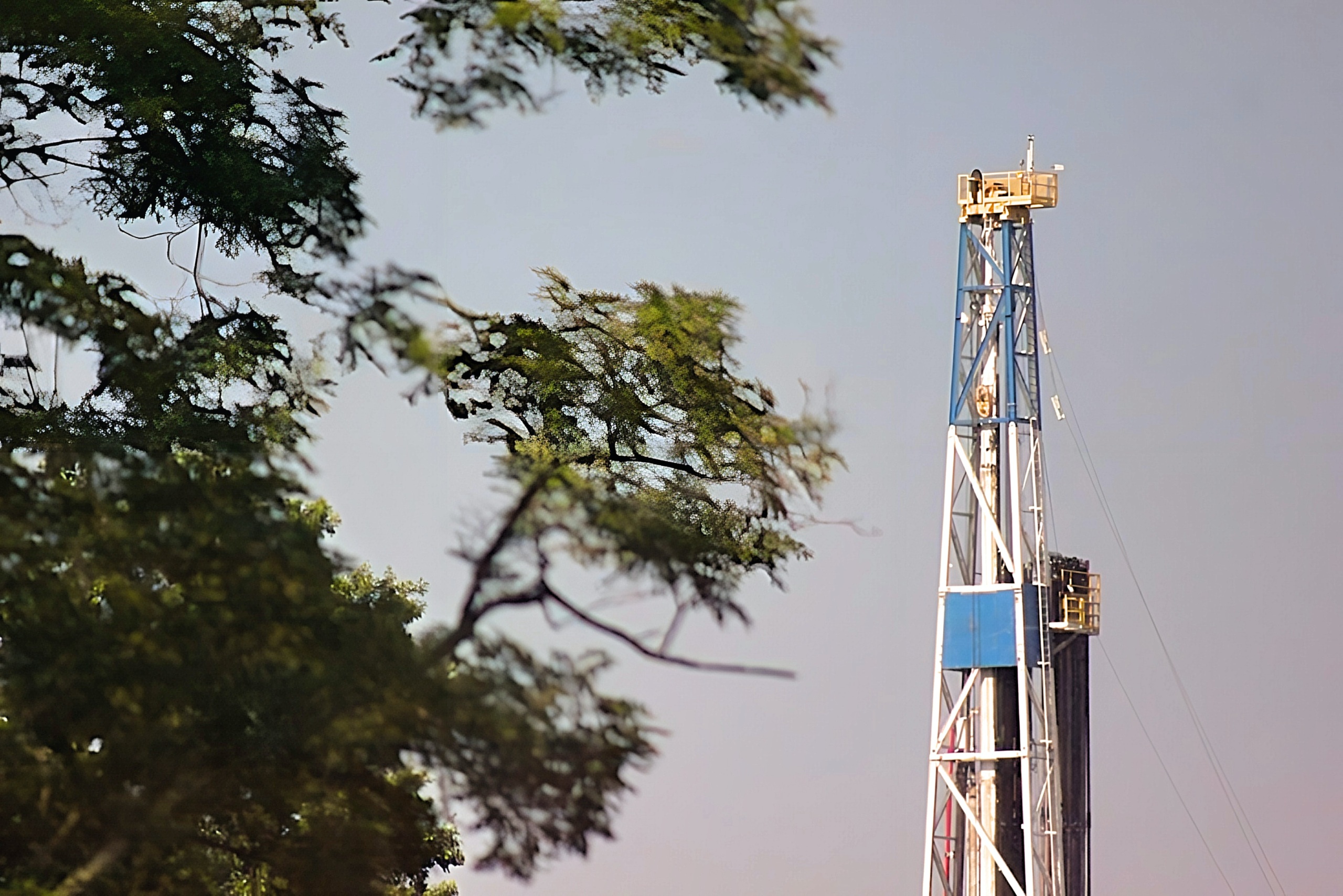
“Certified natural gas” is not a source of clean energy
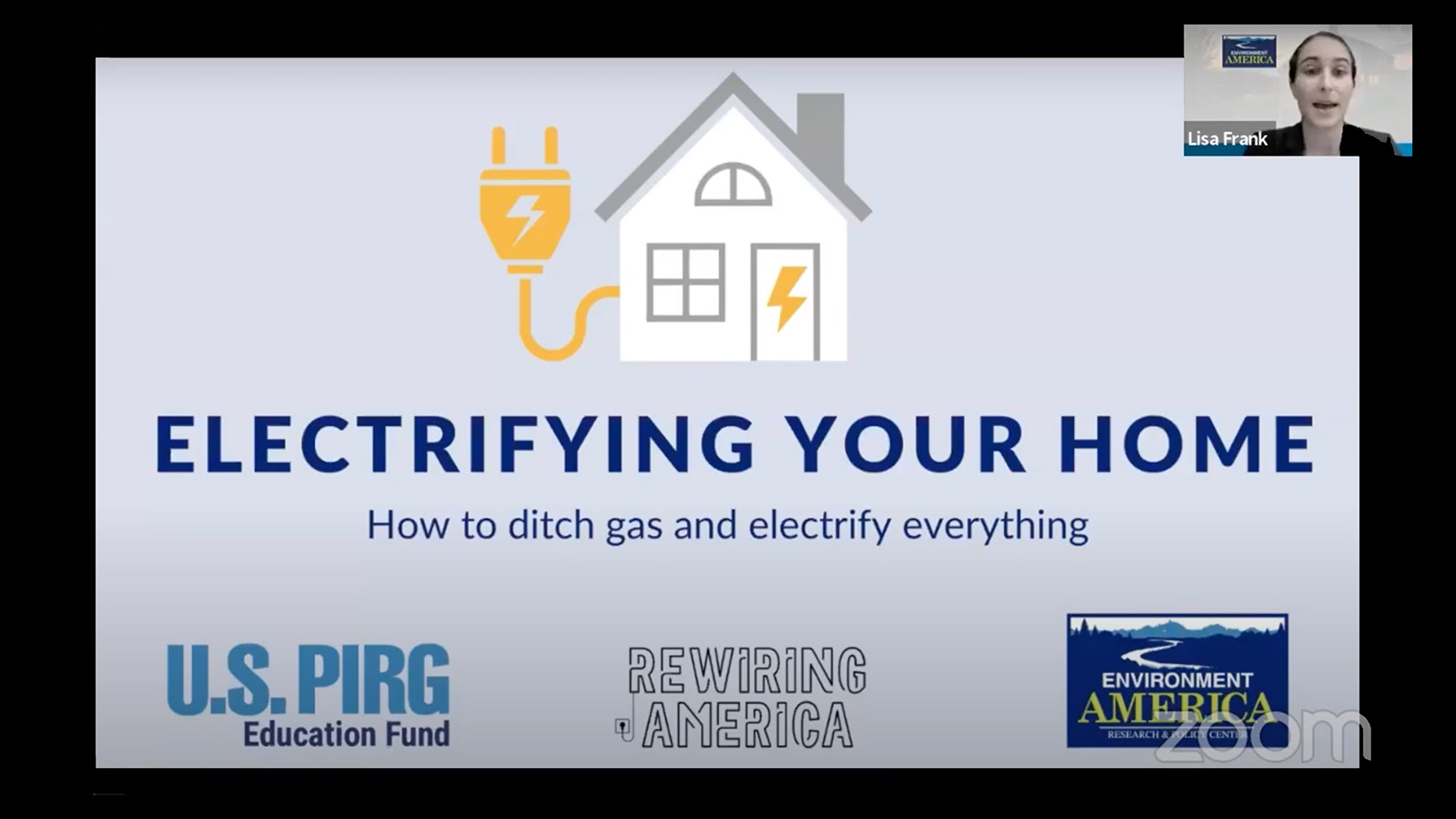
How you can electrify your home
